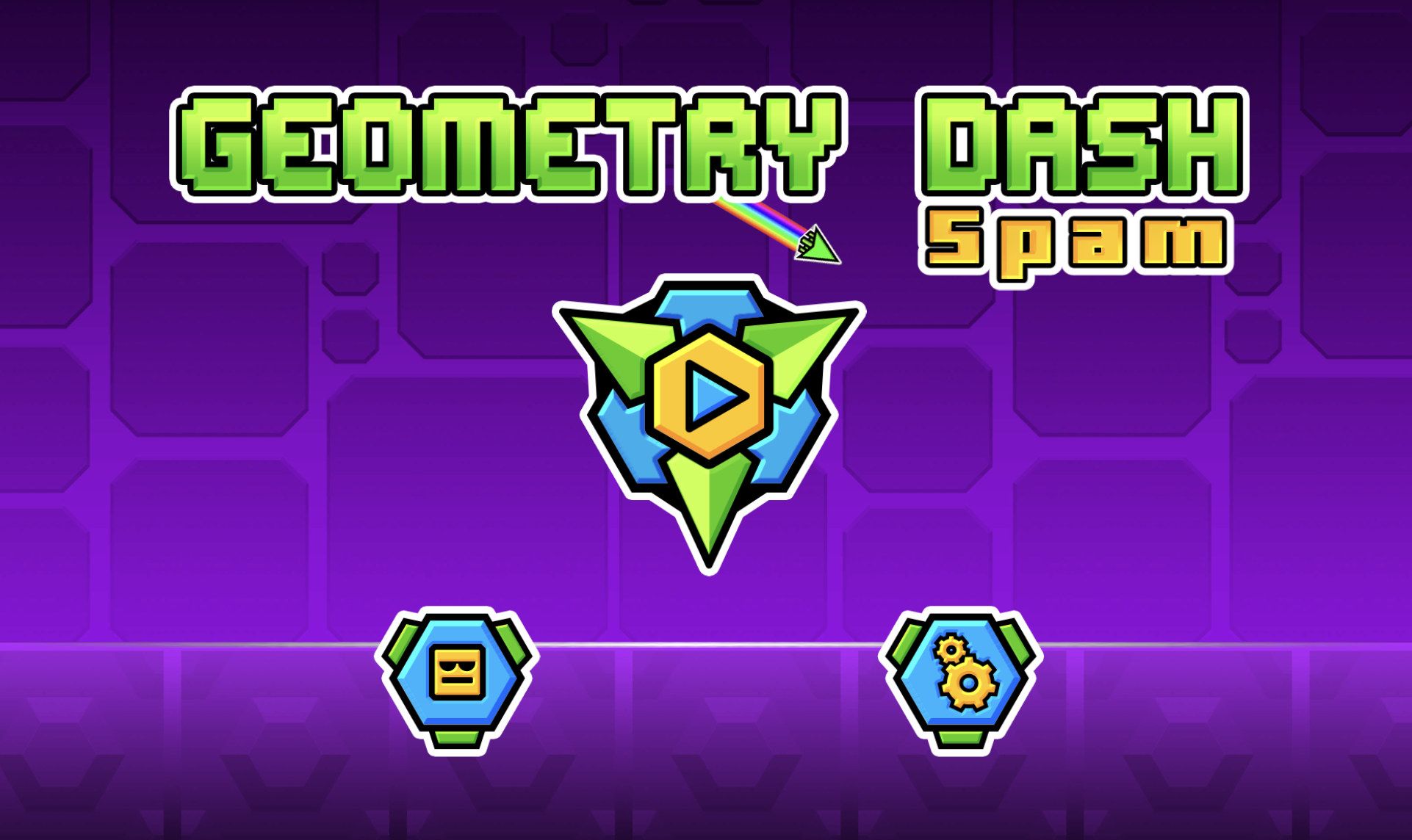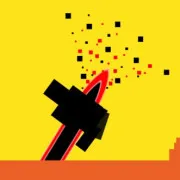Play Devil Dash in Your Browser
Keep exploring
Keep the momentum going with more arena racers, action trials, and puzzle standouts.

Survive 40 Deceptive Stages in Level Devil Trap Path

Spam-click training for sharper wave control

Play Slope Rider Online

Design the track, perfect the lap

Turn dominoes into a daily deduction ritual

Play Happy Land instantly in your browser

Keep the pixel T-Rex running forever

Play Level Devil 3 in Your Browser

Turn a Family Van into a Stunt Legend
Master the rush, survive the traps
Race through danger, one precise jump at a time
Devil Dash throws you into a relentless gauntlet where every step can flip from safe to deadly in a heartbeat. This is a speed-driven platform challenge built around patience, nerve, and perfectly timed movement. You sprint across minimalistic corridors, but the floors lie, the walls shift, and the openings arrive a fraction later than your instincts expect. In Devil Dash, the victory condition is disarmingly simple—reach the gate—but the path is booby-trapped with disappearing platforms, surprise spikes, and gravity-baiting gaps designed to punish autopilot play. What keeps the loop addictive is how quick the pace feels once your timing clicks; a failed attempt instantly resets, inviting you to refine your route and shave away hesitation until rhythm replaces guesswork.
What makes this run different
Unlike traditional platformers that telegraph danger well in advance, Devil Dash blends deception with clarity. The level layouts are clean and readable, yet the hazards activate when you cross thresholds or linger an instant too long, encouraging bold, informed movement. As you approach the exit, traps escalate to catch sloppy timing, forcing you to commit to lines with confidence. That balance of risk and iteration is the signature feel of Devil Dash: quick losses that teach, quick restarts that motivate, and a steady crawl toward mastery that turns panic into poise.
How the core loop works
Every stage in Devil Dash is a compact test of awareness. You scan the corridor, pick a route, and move—then the floor drops or a spike rises where the surface looked flat. The solution is almost never blind waiting; it’s controlled aggression. Advancing deliberately exposes the trigger points, and once you’ve mapped them, you can cut a clean racing line through the same space. Devil Dash rewards that transformation: the same section that felt unfair five tries ago becomes a breezy run when your timing and jump arcs settle into muscle memory.
Controls that keep you focused on flow
The inputs are straightforward—arrow keys to move, Up or Space to jump, and any key to restart. That simplicity lets Devil Dash put all the pressure on your decision speed, not on complex combos. Restarts are instant, so failure never stalls learning. You’ll often throw your first attempt at a level just to flush out the concealed hazards, then chain short resets while you stitch together a full, decisive route.
Learning by doing (and redoing)
The game’s best advice is to start moving. In Devil Dash, action reveals information faster than passively waiting, and mistakes are data. Hit a trap, note the trigger position, and relaunch. Don’t inch forward forever; commit to a pace, then refine it as you discover how the geometry bites back. Because Devil Dash keeps visual noise low, you can quickly spot tells—subtle seams, suspiciously smooth spans, or doorways that seem too generous—and adjust your landing points before you vault into danger again.
Strategy tips for stubborn gates
Use your first full run at each stage as a reconnaissance sprint. Count beats between safe landings, memorize where the ground thins out, and treat the last third of a corridor as the most treacherous portion. In Devil Dash, midair control is your safety valve; a short hop lets you test a tile without overcommitting, while a long arc can skip a cluster of traps entirely. If a section keeps punishing you, break it into mini-splits and perfect each split before chaining them. The fastest lines often come from counterintuitive choices, like jumping early to meet a rising hazard on its way down.
Features that sharpen the challenge
Sound cues thump as you cross thresholds, giving tactile feedback to your pace. The crisp visuals keep your focus on movement and spacing. In Devil Dash, there are no complicated systems to memorize—just a brutal set of corridors that strip platforming down to timing, spacing, and momentum. The design philosophy ensures that success always feels earned; when you finally nail a sequence, your inputs—not a lucky break—made the difference.
Sixteen gates of escalating tension
The campaign flows through sixteen hand-built gauntlets that gradually tighten the windows for success. Early levels teach restraint and clean landings. Midgame sections force you to chain jumps with razor-thin margins. The late-game turns your map knowledge into a racing line that you must execute with near-perfect rhythm. Each gate in Devil Dash is distinct enough to stand alone, yet together they teach a language of traps that you’ll translate instinctively by the final stretch.
Why the reset key is your best friend
A core strength of Devil Dash is how it converts frustration into fuel. Instant restarts remove downtime, so you remain immersed in the same micro-challenge until it bends. That tight loop makes small improvements visible: a cleaner landing here, an earlier jump there, a smoother exit at the end. Because Devil Dash makes iteration frictionless, you build skill through repetitions measured in seconds, not minutes.
Connections for players who crave more
If you enjoy distilling platforming to timing and nerve, you’ll find familiar satisfaction here. Devil Dash shares the pleasure of fast, readable courses that punish hesitation and reward flow. Yet it stands apart by leaning hard into trap reveals that are fair only after you’ve seen them once, turning each corridor into a puzzle you solve at full speed. That blend of sprint and study is what keeps Devil Dash compelling beyond the first clear.
Your action plan for a first clear
Begin with confident movement to expose triggers, then refine your path in two or three passes. In Devil Dash, most deaths come from fear or autopilot; answer both with purposeful cadence. Use small hops to scout, commit to bigger jumps when skipping clusters is safer, and keep your eyes on the exit to avoid reacting late to final traps. When a section tilts toward rage, reset and breathe—the corridor hasn’t changed, but your read has. Keep pushing and let rhythm take over; Devil Dash is built so that determination, not luck, carries you through the gate.
Play Devil Dash in Your Browser is ready to play
Sprint, time your jumps, and outsmart hidden traps in Devil Dash to clear 16 gates. Master quick resets and momentum to turn rage into satisfying wins.
Share Play Devil Dash in Your Browser
Spread the word, invite friends, or bookmark this page to revisit the story whenever you need it.